Each process will have a set of page tables it uses. On x86 that means a page directory with some page tables. The address to the page directory will be in the CR3 Register. Every set of pagetables will have the kernel mapped (with kernel permissions) so when you do a system call, the kernel can access it's own pages. User processes can't access these pages. When you do a context switch, you change the address in the CR3 register to the page tables of the process that will be executed. Because each process has a different set of pagetables, they will each have a different view on memory. To make sure that no two processes have access to the same physical memory, you should have some kind of physical memory manager, which can be queried for a brand new area of memory that is not yet mapped in any other pagetable.
So as long as each Process struct keeps track of it's own page table structure, the only cpu level datastructure you will have to modify is the CR3 register.
